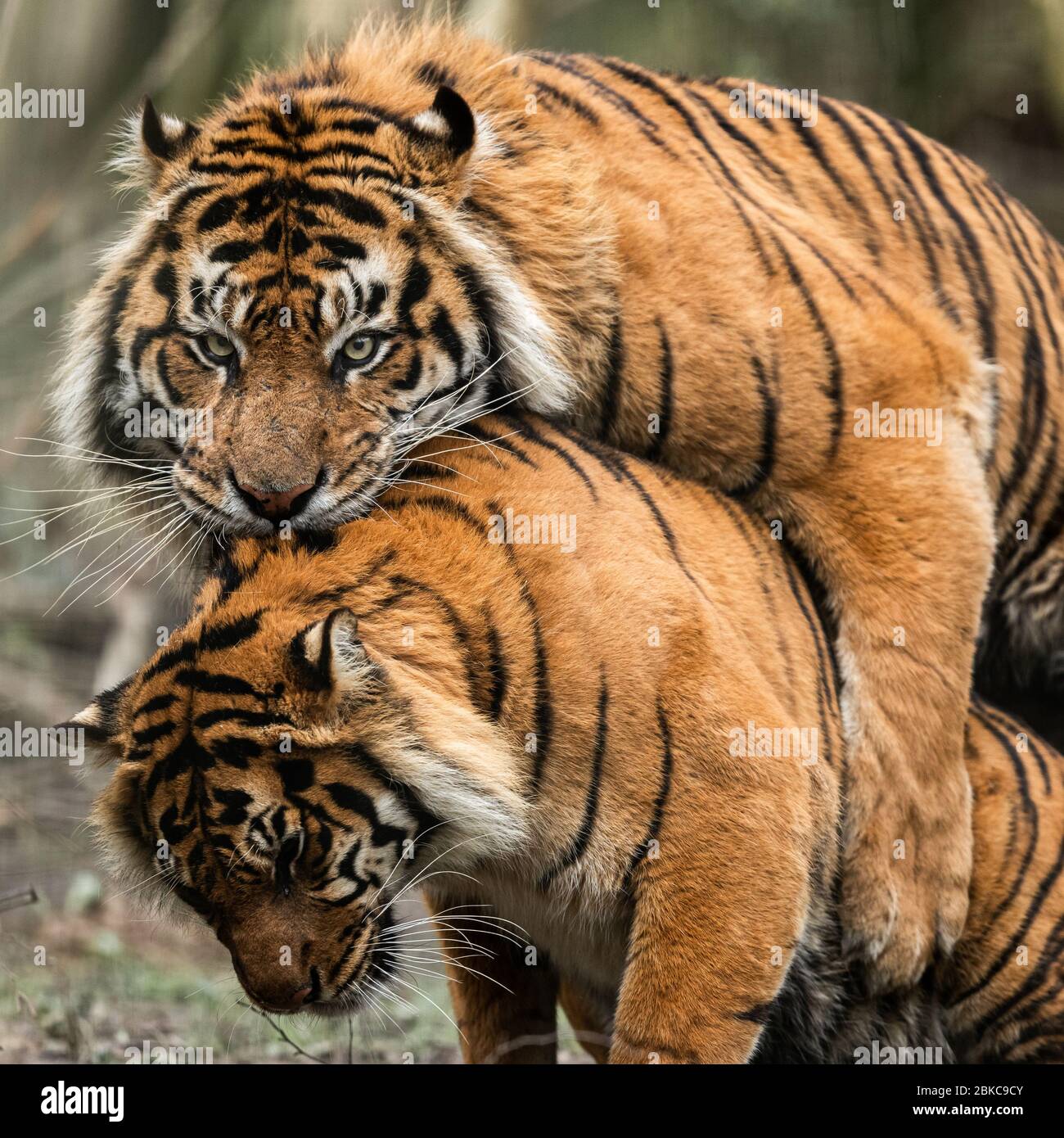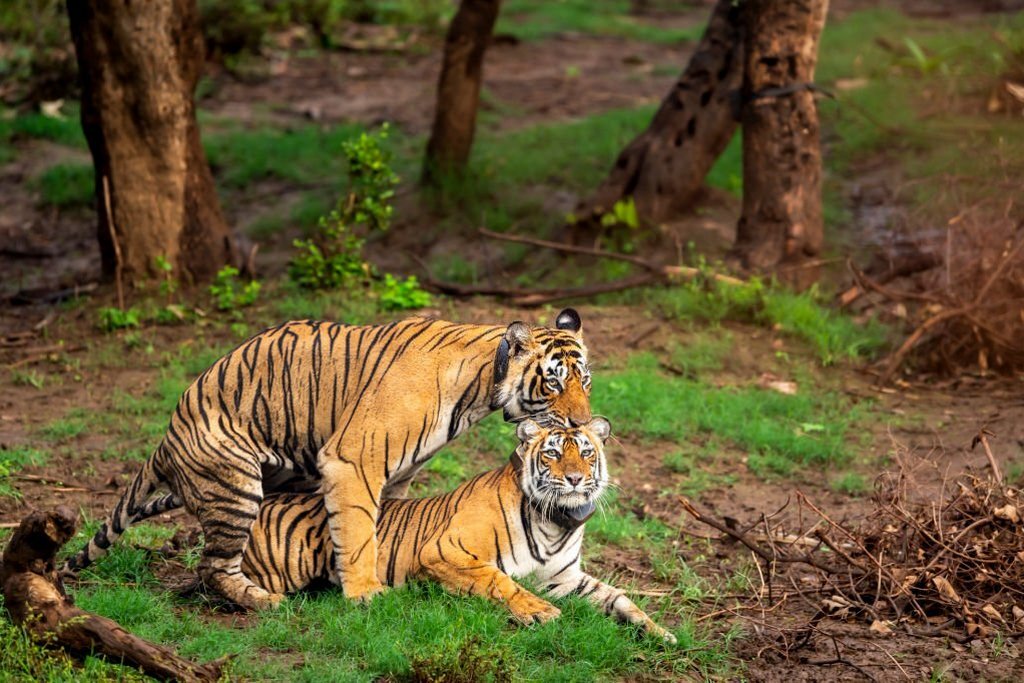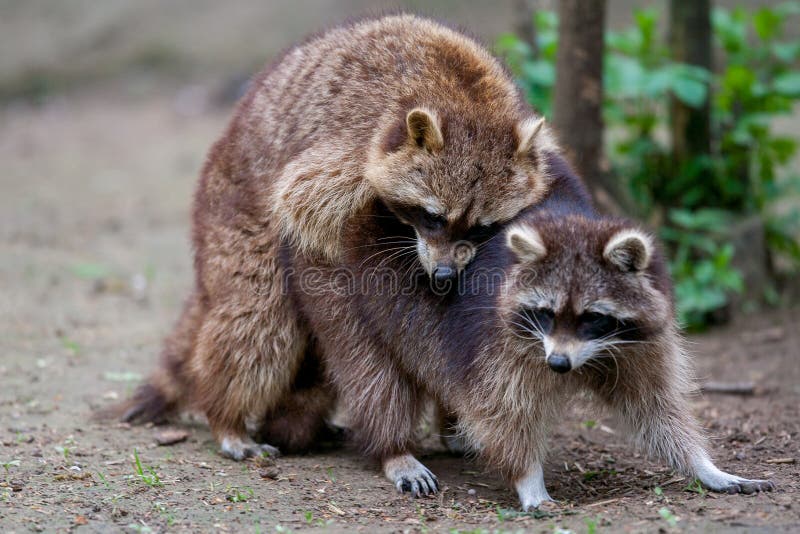Stepping into the fascinating world of horse breeding, you will find a truly remarkable display of nature at its very best. This journey into how horses come together to create new life is, in a way, a beautiful dance, full of instincts and careful timing. It is a fundamental part of how these amazing animals continue their kind, whether out in wide open spaces or with human help.
The process of horses coming together, which some call "covering," is so much more than just a physical act. It is, you know, a very intricate series of communications and actions that show just how connected these creatures can be. From the very first subtle hints a mare gives to the stallion's careful approaches, every part plays a role in making sure a new foal can begin its life. This whole process, really, is a blend of natural urges and thoughtful steps.
Here, we will explore the wonderful ways horses reproduce, looking at everything from their initial gentle interactions to the actual moment a new life is conceived. We will also touch upon the special care involved for the mother horse and her little one, and how people who know a lot about horses help things along. It is, after all, quite a special thing to witness.
Table of Contents
- What is Mating Horses All About?
- What's the Basic Idea Behind Mating Horses?
- How Do Horses Prepare for Mating?
- What Are the Courtship Signals in Mating Horses?
- The Physical Act of Mating Horses
- Covering and Conception in Mating Horses
- Supporting Mating Horses- Natural and Human Help
- Caring for Mating Horses and Their Future Foals
What is Mating Horses All About?
When we talk about how horses reproduce, we are basically talking about "mating horses," which is also known as horse breeding. This is, quite simply, the way these magnificent animals create new generations. Just like many other warm-blooded creatures, horses reproduce by coming together in a sexual way. The male horse, often called a stallion, and the female horse, known as a mare, join up for this important life event. It is, you know, a very natural part of their existence, ensuring their species continues on.
The mare has a special cycle, a bit like a human's monthly cycle, where her body gets ready to welcome a new life. During this time, she becomes open to the idea of mating. This readiness, often called being "in heat," usually happens at certain times of the year. Most horses, it seems, have a breeding season that starts in the early spring and goes on until late summer. This means their bodies are naturally tuned to the warmer, longer days for bringing new life into the world. It is, really, a clever design by nature to give foals the best start.
What's the Basic Idea Behind Mating Horses?
The basic idea behind horses coming together to reproduce is, well, pretty straightforward on the surface. It is about the male and female joining to pass on their unique traits. But, actually, there is so much more to it than just the physical side. It involves a deep connection of behaviors and signals between the horses themselves. You see, they have their own ways of communicating what they want and when they are ready. This can be, in some respects, quite subtle and takes a careful eye to notice.
The whole process, from the first gentle approach to the actual moment of conception, is a really detailed dance. It is, arguably, a fascinating thing to watch unfold. Understanding how their bodies work, like the basic parts of stallions and mares, is a good start. But then, you also need to think about how they "talk" to each other through their actions and body language. This communication, you know, is a very big part of making sure the mating is successful and that both horses are comfortable with what is happening. It is, too, almost like they have a secret language just for this purpose.
How Do Horses Prepare for Mating?
Preparing for mating, for horses, is not just a sudden decision; it is a gradual process built on instincts and signals. Mares, for example, go through what is called an estrus cycle, which makes them ready to accept a stallion. This cycle means their bodies are physically prepared for a new life to begin. During this time, they often show particular behaviors that let the stallion know they are open to his advances. It is, basically, their way of saying, "I am ready."
Stallions, on the other hand, are always more or less ready to mate, but they respond to the mare's cues. They approach with a certain amount of respectful curiosity, often engaging in what looks like playful horseplay. This initial interaction is very important for building a connection and ensuring both animals are willing participants. It is, in fact, a delicate dance of approach and response, where each horse reads the other's signals very carefully. This preparation phase is, really, all about getting the timing just right and making sure there is a good rapport between them.
What Are the Courtship Signals in Mating Horses?
The signals horses give during their courtship, leading up to mating, are quite something to observe. Mares, when they are ready, might lift their tails, show a little bit of their private parts, or even urinate in small, frequent amounts. They might also stand still and allow the stallion to approach, perhaps even leaning into his touch. These are, you know, their clear invitations. Stallions, in response, often perform what is called a "flehmen response," where they curl their upper lip back after sniffing the mare's urine, which helps them sense her readiness.
Beyond these physical signs, there is also a lot of behavioral communication involved in mating horses. The stallion might nuzzle the mare, gently bite her neck, or make soft noises. The mare might respond with a playful kick or a soft whinny, indicating her mood. This back-and-forth, this kind of gentle pushing and pulling, is what builds the excitement and connection between them. It is, apparently, a very natural way for them to test the waters and ensure both are comfortable moving forward. This whole ritual, really, is crucial for a smooth and successful joining.
The Physical Act of Mating Horses
Once the courtship has set the stage, the physical act of mating horses, often called "covering," takes place. This is the moment where the stallion mounts the mare, a crucial step for reproduction. It is a process that requires a lot of coordination and, too, a good sense of balance from both animals. The stallion must position himself correctly, and the mare must be willing to stand steady and accept him. This part of the process, you know, is the direct physical link that can lead to new life.
During the actual mounting, the stallion inserts his reproductive organ into the mare's reproductive passage. This is followed by the release of semen, which contains the male's genetic material, into the mare's body. This physical joining is, in essence, the culmination of all the earlier courtship and preparation. It is a swift and powerful act, usually over in a matter of moments. The entire sequence, from the first approach to the actual physical connection, is a testament to their strong natural urges and their unique way of coming together.
Covering and Conception in Mating Horses
The act of "covering" is where the stallion delivers his contribution, the semen, into the mare's reproductive system. This is, you know, the direct pathway to conception. The semen travels through the mare's internal reproductive path, aiming to meet and fertilize an egg. If all goes well, and the timing is just right, the egg will be fertilized, marking the beginning of a new life. This is, basically, the moment a foal starts to form inside the mare.
Conception is, in a way, a tiny miracle. It depends on many things, like the mare being in the right phase of her cycle and the stallion's contribution being healthy. For horses living in the wild, or those simply allowed to roam and mate in open pastures, this process typically happens in three distinct phases. These phases involve the initial chasing and testing, the actual joining, and then a period of rest and separation. This natural pasture mating is, arguably, a pure example of how horses would reproduce without any human involvement, relying entirely on their instincts and the natural flow of things.
Supporting Mating Horses- Natural and Human Help
Supporting horses through their mating process can take a couple of different paths: either allowing nature to take its course or using human-assisted methods. In natural breeding, it is all about letting the horses follow their instincts, their timing, and their playful interactions. This often involves observing their behaviors closely to make sure the conditions are good for them to connect. It is, you know, about trusting their natural wisdom and letting them do what comes naturally.
However, for domestic horse breeding, people often step in to help, especially when it comes to things like selective breeding or managing specific bloodlines. This might involve techniques like artificial insemination. Artificial insemination is, in essence, a way to help ensure breeding success and look after the well-being of the horses involved. It means that the stallion's semen is collected and then carefully placed into the mare's reproductive system by a person who knows a lot about horse reproduction. This method can be very useful for overcoming certain challenges or for breeding horses that are far apart. It is, basically, a way to give nature a little bit of a helping hand.
Caring for Mating Horses and Their Future Foals
Caring for horses during and after the mating process is very important for their well-being and for the health of any future foals. This care extends to the mare, the stallion, and, of course, the little one once it arrives. For the mare, it involves watching for signs that she is pregnant, which can be quite subtle at first. Then, knowing how long she will carry the foal, which is her gestation period, is crucial for planning her care. This period requires special attention to her diet and general comfort. It is, after all, a very big job for her body.
Preparing for the birth, known as foaling, is also a significant part of the care. This means getting a safe and clean space ready for the mare and her new arrival. For the stallion, managing him well means ensuring he is healthy and ready for his role in breeding. Sometimes, there can be challenges with breeding or issues with a horse not being able to have foals, which is called infertility. In these situations, getting advice from people who are experts in horse reproduction is, obviously, a really good idea. They can help find solutions and provide guidance. The entire journey, from mating to a new foal's first steps, requires thoughtful attention to make sure everyone is healthy and happy.
So, we have explored the truly special process of horses coming together to create new life. We have looked at how their bodies get ready, the careful dance of their courtship, and the actual physical act of mating. We have also considered the ways people can help with breeding, like artificial insemination, and the important care that goes into looking after the mare, the stallion, and the little foal that might come along. It is, you know, a very detailed and wonderful part of the natural world.
Related Resources:



Detail Author:
- Name : Mr. Avery Zieme
- Username : abdiel24
- Email : omcdermott@herman.com
- Birthdate : 1991-03-20
- Address : 7558 Hoppe Cove Hilperthaven, UT 07306-0645
- Phone : (214) 421-0746
- Company : Dooley, Harber and Altenwerth
- Job : Physics Teacher
- Bio : Ullam consequatur ea sit. Commodi culpa magnam nisi recusandae. Magnam soluta voluptas reiciendis repudiandae possimus dolorem tempore.
Socials
facebook:
- url : https://facebook.com/gerlachm
- username : gerlachm
- bio : Repudiandae exercitationem numquam alias laborum distinctio ea.
- followers : 3266
- following : 81
twitter:
- url : https://twitter.com/gerlach1989
- username : gerlach1989
- bio : Est id minus repudiandae commodi laudantium perferendis ut. Cupiditate molestias corporis necessitatibus tempora est.
- followers : 2908
- following : 2132